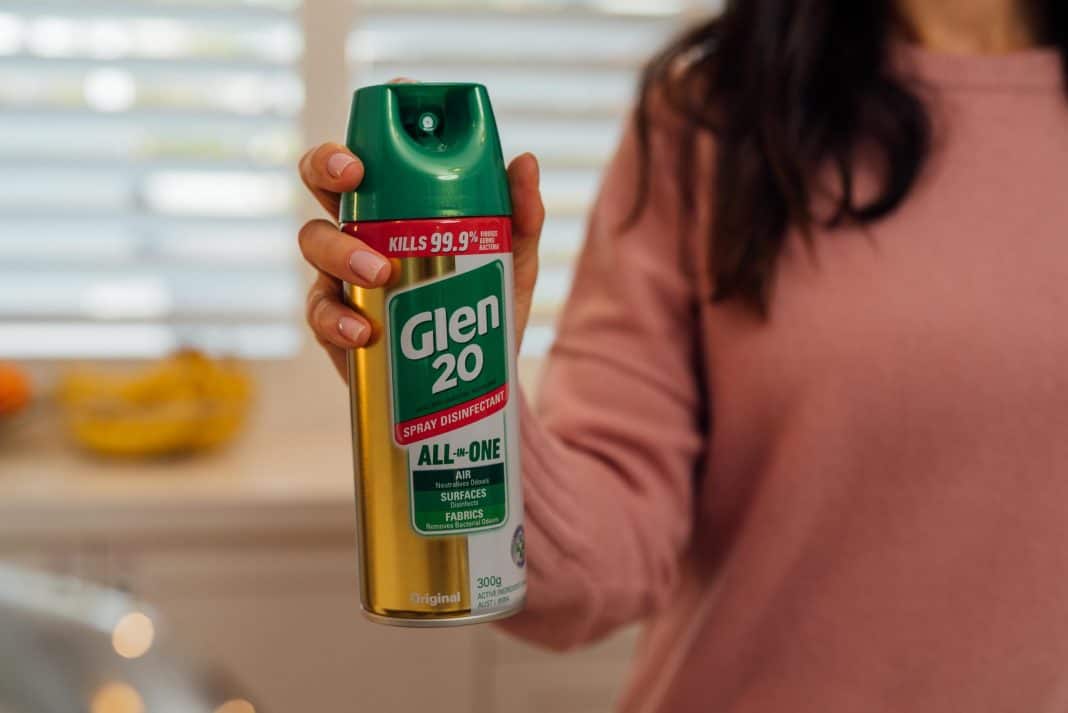Throughout the current coronavirus pandemic, it seems that the theories on the different methods to combat COVID-19 have spread almost as quickly as the virus – some more true than others.
A new study published in The American Journal of Infection Control, evaluating the virucidal efficacy of personal care and surface cleaning and disinfection products against COVID-19 has confirmed that the active ingredients in many leading hygiene products, including Glen 20, are great than 99.9% effective against the virus.
“As we continue to grapple with the global COVID-19 pandemic, infection prevention and control is absolutely critical, says Marketing Directory in Australian and New Zealand at Reckitt Benckiser (RB) Hygiene, Saurabh Jain.
“The outcomes of this study, being founded in scientific evidence, are a positive development in efforts to curb the spread of the virus and our hope is that these findings will be useful to the community of dedicated health and hygiene professionals that are working tirelessly to contain its foothold on society.”
With Glen 20 being a staple disinfectant in many Australian households, Mr Jain adds that RB “is committed to helping protect Australians” against germs viruses such as COVID-19.
“Our vision is to provide Australians with effective, high quality products to help prevent the spread of germs and viruses – these results speak very strongly to this unwavering commitment.”
The laboratory tests examined active ingredients1 in well-known and widely used products, including products from the Lysol family of brands that form part of the RB global hygiene portfolio.
In Australia, this includes Glen 20 Surface Spray Disinfectant, which is listed on the Australian Register of Therapeutic Goods (ARTG) for effective use against the COVID-19 virus.
The study forms part of a wider commitment by RB, a global leader in health and hygiene, to contribute to scientific knowledge around hygiene and the COVID-19 virus and to ensure that all of its communication with stakeholders is evidence-based.
For more information, visit: ajicjournal.org/article/S0196-6553(20)30313-8/pdf







